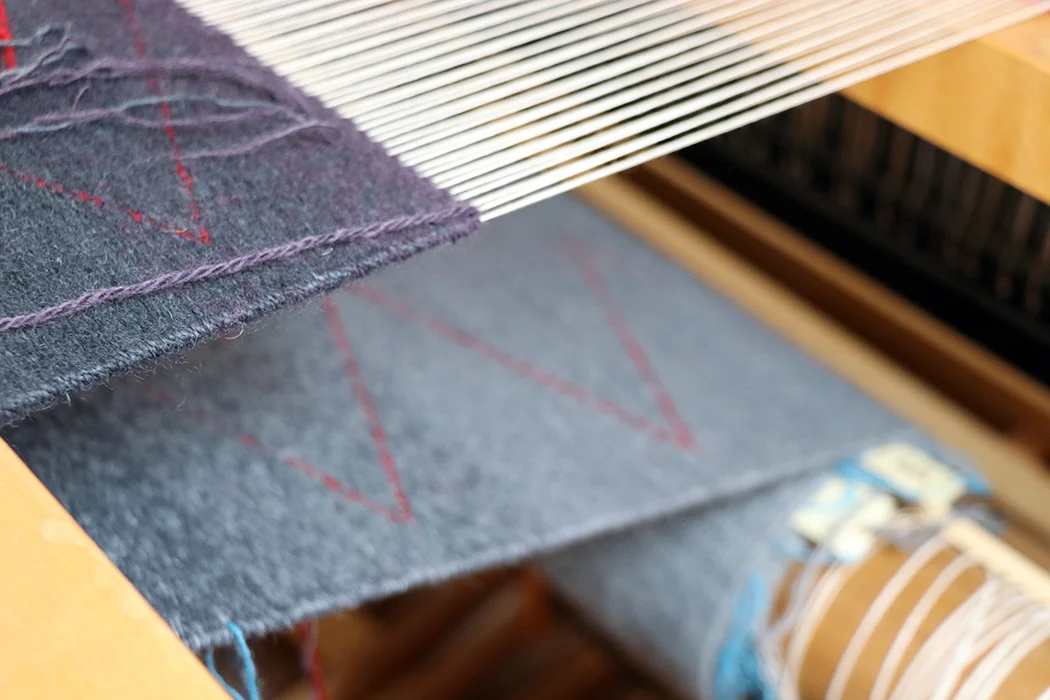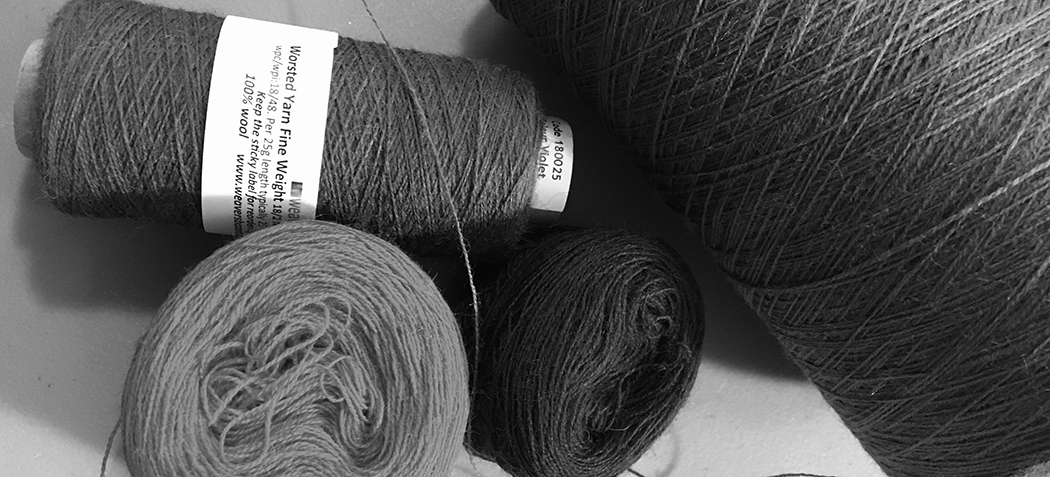My tapestry, Displaced: Refugee Blanket has been accepted to the Small Tapestry International 6: Beyond the Edge juried show of the American Tapestry Alliance. I wrote about the piece HERE.
I have so appreciated all the kind words about the work I’ve received thus far. It is a difficult subject. It is never easy to face our humanity and the ways that we are culpable in the displacement of people around the globe.
I’ve had an interesting question crop up repeatedly and I wanted to talk about it. Many people have asked me if they can see the “whole” tapestry. They mean that they would like to see the work unfolded and they want to know if the juror saw it unfolded when she made her decision.







